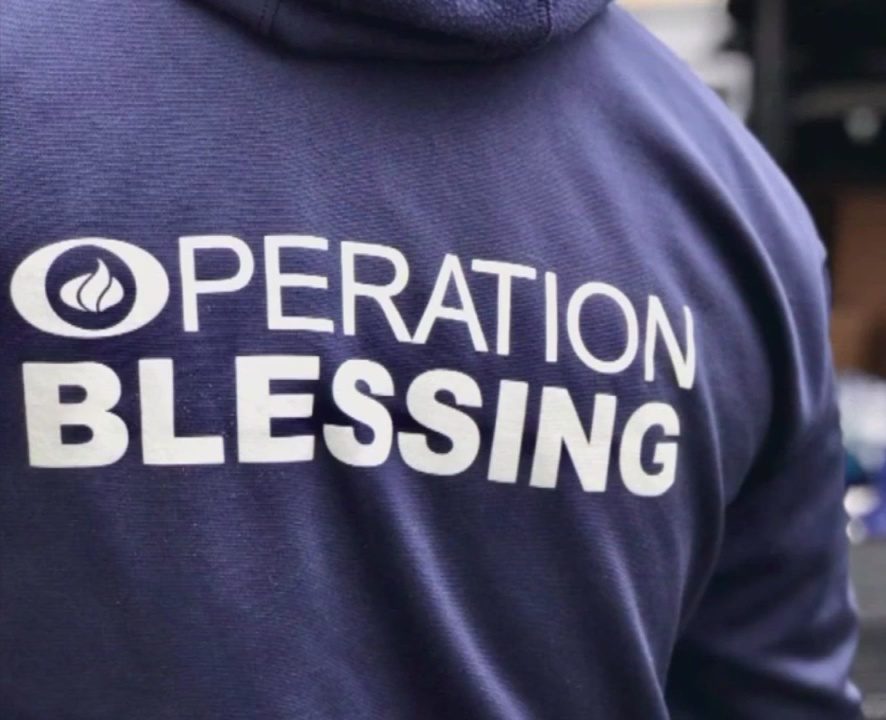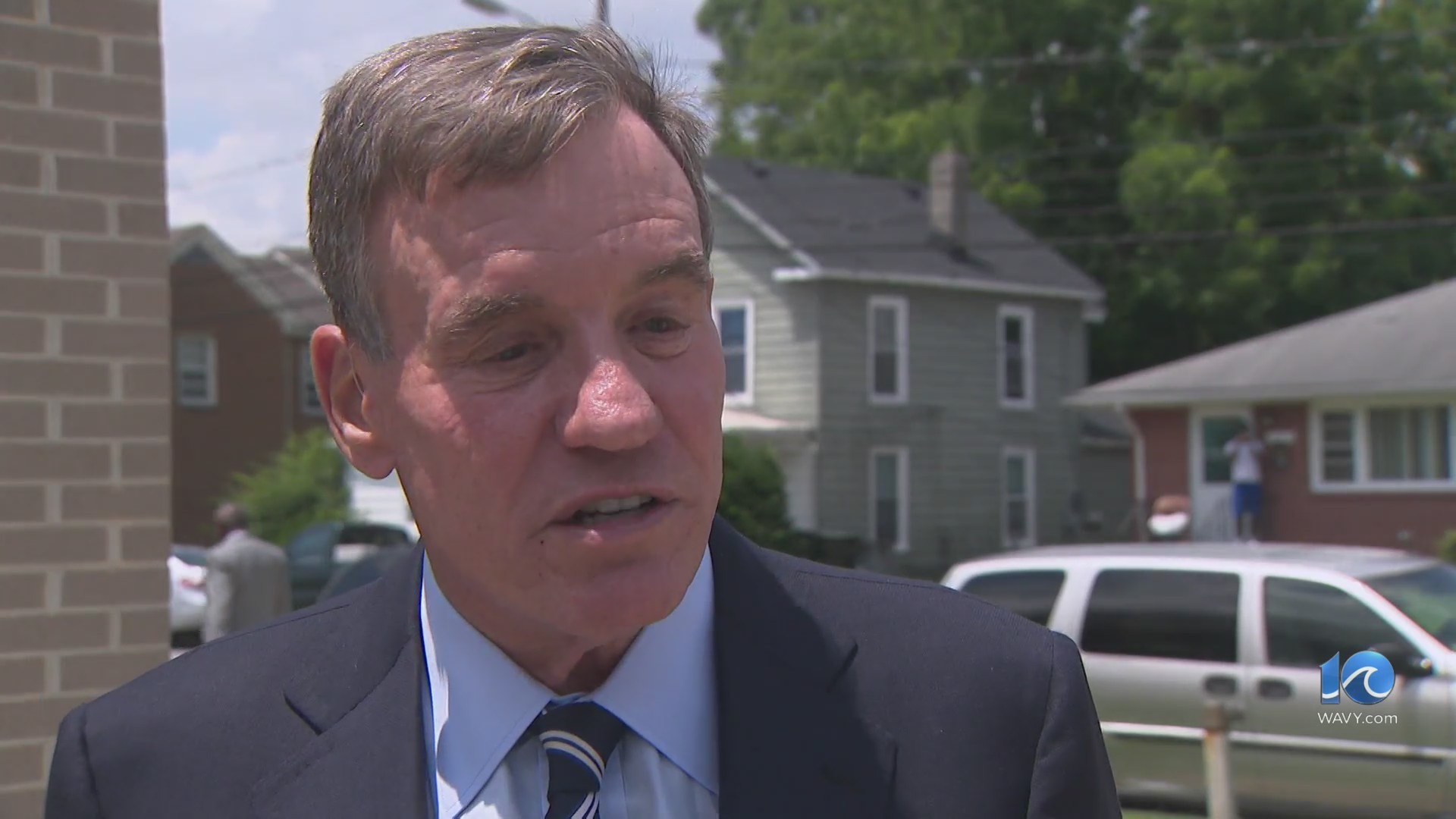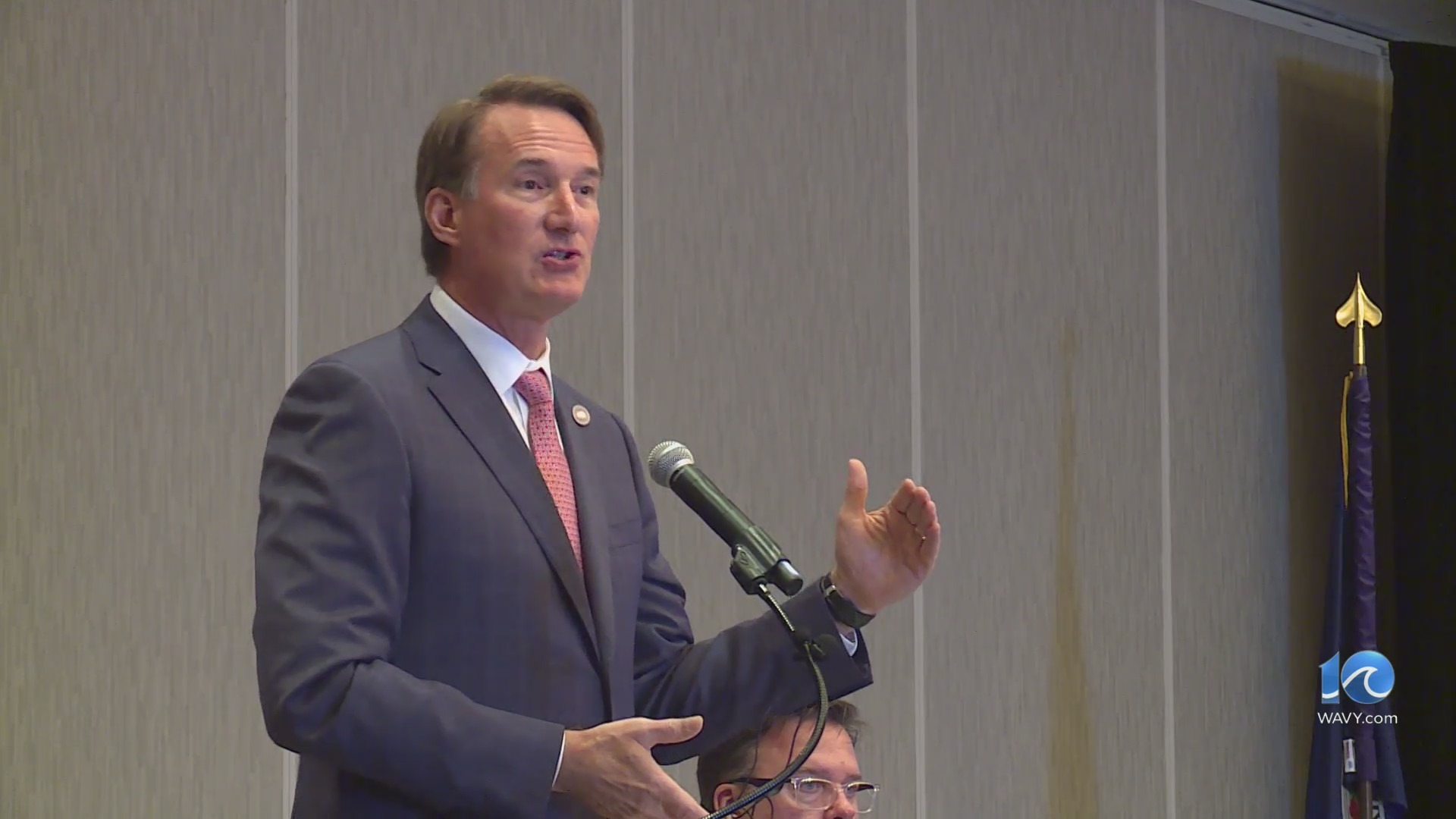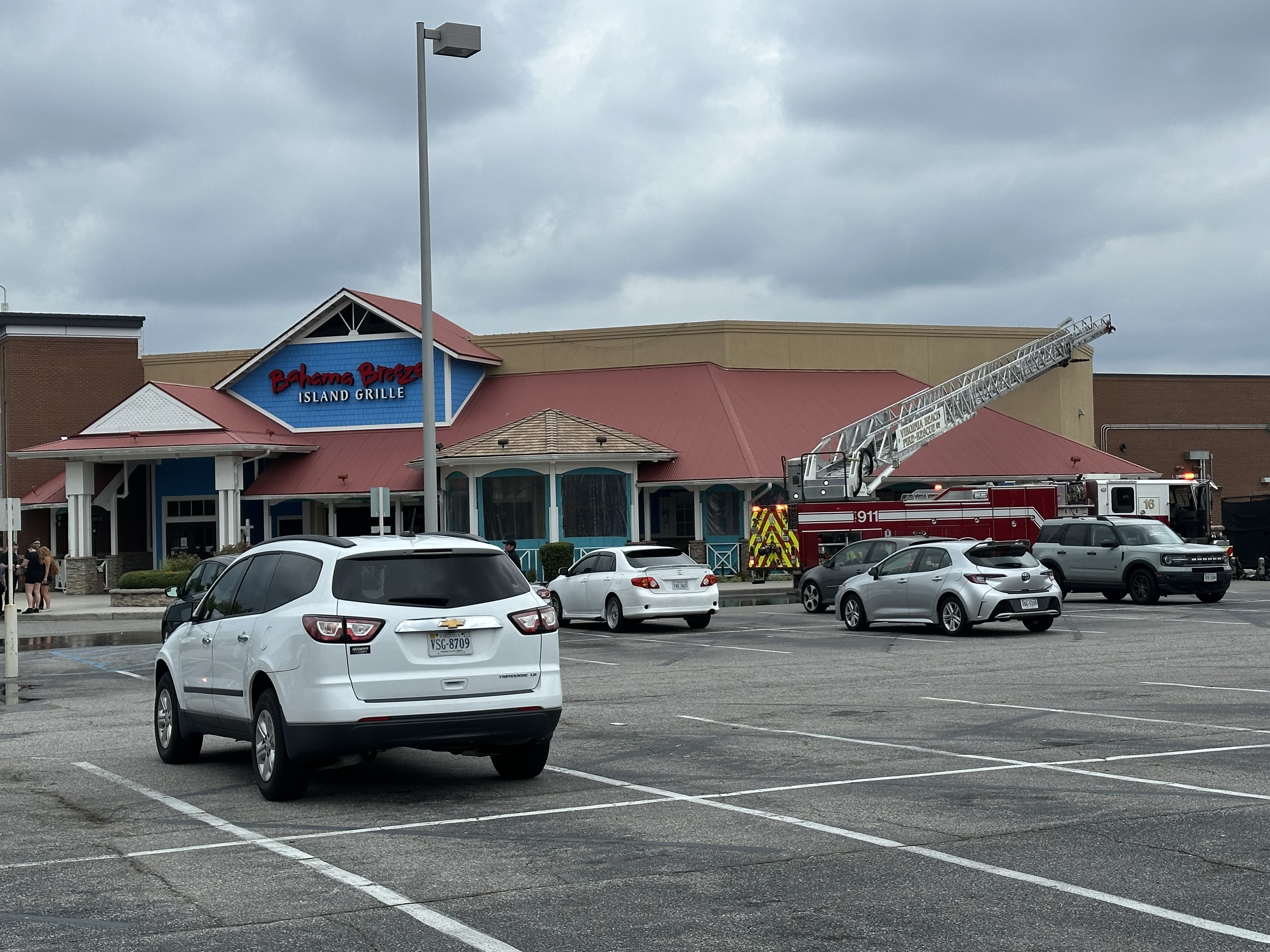(The Hill) — More Americans might find their dollar isn’t going as far as before under the sting of rising inflation, as price stickers on food, gas and other goods and services skyrocket across the country.
Data released by the Labor Department this week found that consumer prices climbed 1.2 percent last month and 8.5 percent annually. The yearly increase marks the highest seen in roughly four decades, as the Russian-Ukraine war exacerbates the nation’s inflation problem.
Some economists are hopeful prices for items like fuel will reach their peak soon, but they warn other higher price tags could be here to stay for a while.
Here are five areas where your pocket might be feeling the most punch.
Food
The new report said rising food prices are one of the largest contributors to inflation, with prices shown to have risen 1 percent in March and 8.8 percent in the 12-month period ending last month.
The Labor Department said prices for six major grocery store food groups jumped in March, including a 1.5 percent increase in fruit and vegetable prices, as well as cereals and bakery products; a 1 percent increase in prices for meats, poultry, fish, and eggs; and a 1.2 percent increase in dairy and related products.
Marc Goldwein, senior vice president and senior policy director for the Committee for a Responsible Federal Budget, said in an interview that prices fluctuate dramatically on a month-to-month basis, and noted that food prices, in particular, can be “more volatile” in nature.
With that said, however, Goldwein told The Hill the increases are “extremely high.”
“If you’re thinking about overall inflation, in a normal year, it’s 2.5 percent over the year, so 0.2 percent per month … but 1 percent is extremely high for a monthly growth, and 1.5 percent, even higher,” Goldwein said.
Goldwein said food prices had been on the upswing, in part driven by demand, and, to a lesser degree, by other supply chain issues. The war in Ukraine, an exporter of certain grains and other foods, could have an impact on global prices, which he said “increases the domestic price.”
Gas
Energy prices increased by 11 percent last month, with gasoline prices seeing a sharp 18.3 percent increase in March, after seeing a 6.6 percent increase the month before – a jump economists have also credited largely to Russia’s invasion of Ukraine and sanctions imposed on Moscow.
“We’ve definitely been talking about gasoline inflation over the last year. But what happened as a result of the invasion, it just took it to a new level of awful,” said Wendy Edelberg, director of The Hamilton Project and a senior economic studies fellow at the Brookings Institution.
In its consumer price index (CPI) on Tuesday, the Labor Department said gasoline prices made up more than half of all items’ monthly increases.
Goldwein said he’s hopeful fuel prices will peak soon but added there could also be “a second spike” in the months ahead.
Goldwein said there are certain “one-off things” that can explain changes in inflation. But he added “very broad inflation” has persisted across the nation’s economy, primarily driven, “not by these supply shocks, but by oversaturated demand, with very low interest rates and fiscal stimulus.”
Shelter
The Labor Department identified March prices for shelter as the biggest contributor in price increases tracked for all items minus food and energy.
Shelter prices rose 0.5 percent last month – which the agency said “accounted for nearly two-thirds of the monthly increase in the all items less food and energy index.” Rent prices increased by 0.4 percent during the same period, and prices tracked in the “lodging away from home” category rose 3.3 percent.
Over the past year, shelter prices saw a 5 percent increase, which the agency said is the highest annual rise recorded in over 30 years. Prices for household furnishings and operations rose by 10.1 percent in the same window, the highest annual increase for the grouping in almost five decades.
Edelberg pointed to several potential factors at play for the hike.
“I think that there was a big shift in the demand for different kinds of housing, as a result of the pandemic. People wanted more space, people wanted to live in different places, people wanted to rent in different places,” Edelberg said, while also noting falling mortgage rates for owner-occupied housing.
“That boosted the price of housing because people could afford bigger mortgages, and I think just generally speaking, our housing stock has been, it’s very hard for it to expand in places where there’s more demand,” she said.
That increase in demand, which Edelberg said was fueled by “more fiscal support, and people cutting back on other kinds of spending,” has “just hit up against lack of supply in housing where people want it, and some stickiness in prices where people don’t want to live.”
“So, we don’t see rents falling in places where people don’t want to live enough to make up for the fact that rents are rising, where people do want to live,” she said.
Airline fares
Airline fares saw a 10.7 percent spike last March, more than double the increase recorded in February. Economists have linked the jump to an increase in demand for an industry hit hard during the pandemic, as well as rising fuel prices.
Edelberg said she expects airlines and several other services that previously saw big declines in demand, including recreation services, leisure and hospitality services and higher education services, to all make a comeback.
She also noted the airline industry is “very labor-intensive.”
“They need to be able to hire workers. So, what’s going to drive inflation in the services sector is what happens to demand for workers and what happens to the supply of workers in that sector going forward,” she said. “And there are a lot of unknowns there, because we need people to be comfortable working in face-to-face service sectors again.”
Medical
Prices for medical care rose 0.5 percent last month, as well as prices for physicians’ services, while prices for hospital services climbed 0.4 percent.
Goldwein said prices for medical care services are growing just slightly above target level.
A large part of the reason, he said, is that prices are mostly set “by negotiations with insurance companies or by Medicare at the beginning of the year based on expected inflation.”
“And so the good news is, because people sort of expected inflation this year, but they did it, it actually was kind of a self-fulfilling prophecy in the healthcare space,” he said. “So, we haven’t seen a lot of healthcare inflation.”
However, Goldwein said the downside is the economy’s “other shoe hasn’t dropped yet, because people probably are going to expect higher inflation for next year.”

























